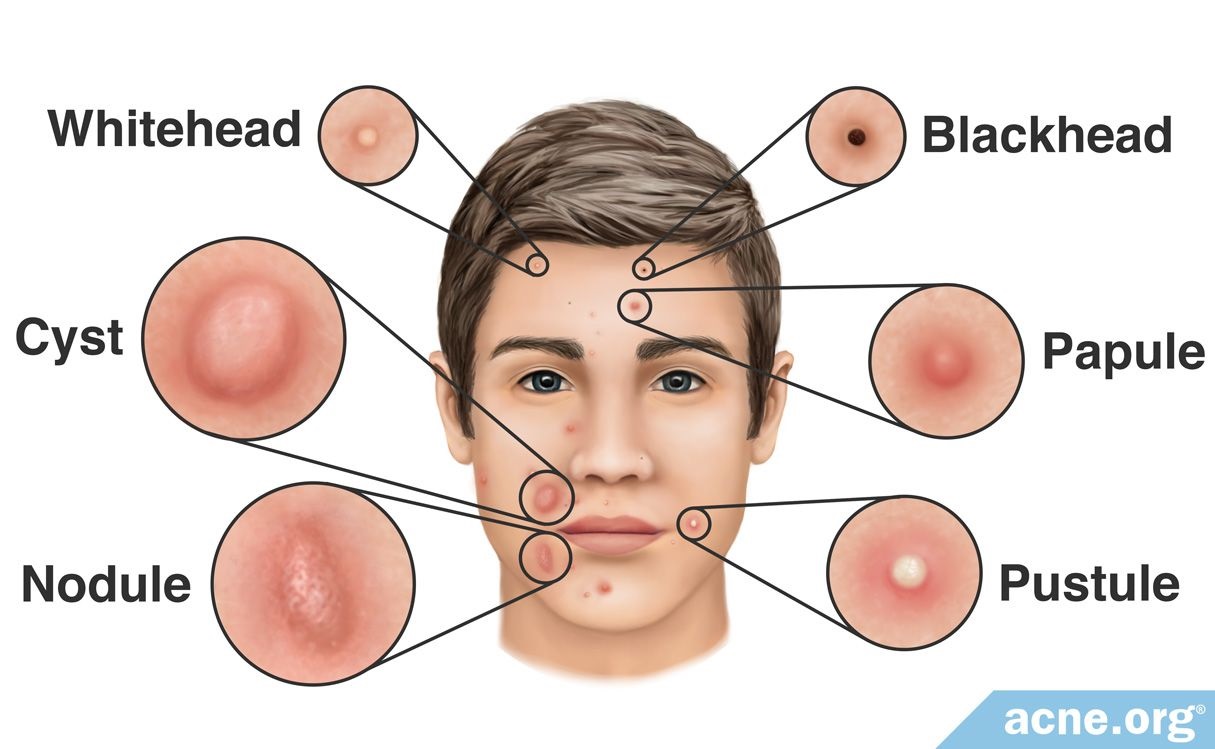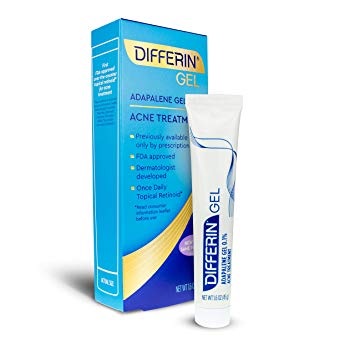Posts Tagged ‘Acne’
Got Acne? We’ve Got Over the Counter Solutions. By Our Student Pharmacist, Christine Stearns.
Acne Vulgarisor acne is the most common skin disorder and results in the highest dermatological referrals, particularly in adolescents. Fortunately, with the proper nonpharmacologic and pharmacologic therapy, many cases can be resolved without a prescription.
Approximately 60-70% of individuals are affected by acne at some point in their lives. The highest presentation is in adolescents (particularly in young males ages 16-17), which usually subsides by the age of 25. After 25, patients are considered to have developed late onset acne, which affects about 8% of people.
Overall, acne can lead to low self-esteem, a decreased quality of life, and depression. In fact, studies indicate that skin disorders such as acne increased the risk of developing anxiety or depression by more than 60%. So effective treatment is important not only physically for the patient, but from a mental health perspective as well.
Acne can present in several different ways and may range in severity. Here is a breakdown of its typical clinical presentation:
- Mild Acne: less than 10 pustules (pimples) or papules (a raised, tender bump) that mostly occurs on the face
- Moderate Acne: 10-40 pustules or papules plus comedones (blackheads or whiteheads) that usually affect the face but can involve the chest and back
- Severe Acne: numerous, painful pustules, papules, comedones and/or nodules (large inflamed bumps) that occur mostly on the face but can affect multiple sections of the body
Most patients experience mild acne, which can be treated with over-the-counter products. If a patient is experiencing what looks like moderate or severe acne, he or she should be referred to a physician, as they will most likely require a prescription medication.
There are many causes for acne, including but not limited to:
- Increased oil (sebum) production
- Hormonal fluctuations such as pre-menstruation
- Inflammation in the skin/damage from trauma such as scrubbing and friction
- Physical barriers like clothing, casts, and helmets
- Skin follicles not shedding properly
- Bacteria growth
- Medications such as epilepsy drugs, lithium, and steroids
- Diet (This may influence acne but more evidence is needed in clinical trials. Offenders could include dairy products, chocolate, soft drinks, or higher sugar/carb diets.)
- Genetics
Because some of these causes are preventable, treatment begins with changes in lifestyle, such as:
- Limiting washing the area to no more than twice daily
- Using a mild soap
- Avoiding harsh scrubs or exfoliants that can lead to extra inflammation
- Drinking plenty of water (because dehydration can promote skin inflammation)
- Avoiding occlusive clothing like headbands and hats
Lastly, just giving it time, because in most cases, acne is self limiting.
Along with nonpharmacologic changes, there are several over-the-counter (OTC) products that can be used to further eliminate acne. These include the following:
Adapalene (or Differin gel) is the first retinoid to be offered over the counter and is considered first line for mild to moderate acne. Adapalene should be used on intact skin (no open sores) and should be applied every day prior to bedtime. Some potential side effects could include sun sensitivity, skin irritation and dryness. With this gel, your acne may actually get worse before it gets better, so it is important to continue using it for at least three months. Most see an improvement by week six.
There are many over-the-counter products that contain benzoyl peroxide, including cleansers, creams, and body washes. This medication works differently than Adapalene because it has antibacterial effects, so the two products can be combined in treatment. Common side effects include dryness and peeling. These products may also discolor fabrics. Benzoyl peroxide comes in different strengths, so it is important to start with a low strength and gradually increase, as tolerated, in order to avoid excessive drying.
Although not first line, salicylic acid can be helpful in the treatment of acne by preventing clogged pores (which may be especially useful for blackheads and whiteheads). Example products include Noxema or Stridex facial pads. Potential side effects include burning, stinging, and dryness.
Lastly, topical sulfa products have proven to be beneficial in acne treatment. Sulfur is one of the oldest forms of acne treatment. Similarly to benzoyl peroxide and salicylic acid, sulfur works as a drying agent by reducing oil and bacteria buildup, but may have less severe side effects (so this may be a better choice for sensitive skin).
When determining your OTC acne treatment, combination therapy is often more advantageous than a single product. Along with lifestyle changes, a consistent skin regimen that includes these products is key in eliminating acne, preventing new acne, and avoiding residual scarring.
References:
- Foster K. Chapter 38. Acne. In: Coe M, Gailbraith E, Young L, Handbook of Nonprescription Drugs: An Interactive Approach to Self-Care. 19th Ed. Washington DC: American Pharmacist Association; 2017. https://pharmacylibrary-com.proxy.lib.ohio-state.edu/doi/full/10.21019/9781582122656.ch38. Accessed August 15, 2019.
- Ganceviciene R, Grigaitiene J, Lukaviciute L. Quality of life, anxiety prevalence, depression symptomatology and suicidal ideation among acne patients in Lithuania, 2017; 31 (11): 1900-1906. DOI:10.1111.
- Treatment of Acne Vulgaris. UptoDate. Wolters Kluwer. Hudson, OH. Available at: https://www-uptodate-com.proxy.lib.ohio-state.edu/contents/treatment-of-acne-vulgaris?search=acne%20vulgaris&source=search_result&selectedTitle=1~150&usage_type=default&display_rank=1




